Scale MVPs with Microservice-Driven Feature Modules for Web and Mobile App Development
In today’s fast-paced digital era, startups, small businesses, and large enterprises are constantly seeking innovative ways to scale their Minimum Viable Products (MVPs) rapidly and efficiently. With the surge in demand for agile development and incremental feature deployment, the approach of scaling MVPs with microservice-driven feature modules stands out as a game-changer. This method not only accelerates time-to-market but also offers unmatched scalability and flexibility for businesses looking to establish or expand their digital presence.
Key Benefits of Scaling MVPs with Microservice-Driven Feature Modules
- Rapid Deployment: Quickly introduce new features and functionalities to your existing MVP without reengineering the entire system.
- Flexible Scalability: Easily expand or reduce services based on market demand and user feedback.
- Cost-Effective Development: Reduce initial development costs by focusing only on essential modules and gradually adding features as needed.
- Improved Performance: Enhance system stability and performance by compartmentalizing features into discrete microservices.
- Enhanced User Experience: Provide a seamless and responsive user experience with continuous feature enhancements and minimal downtime.
- Longevity and Adaptability: Future-proof your app by employing a modular approach that easily accommodates evolving user requirements and technological advances.
- Streamlined Maintenance: Simplify maintenance and debugging efforts due to isolated and independently deployable features.
Why Choose Microservice-Driven Feature Modules for Your Business?
Businesses face multiple challenges when trying to scale digital products. Traditional monolithic architectures can often lead to prolonged development cycles, resource-intensive debugging, and high downtime during updates. Here’s why opting for a microservice-driven approach provides a winning advantage:
- Agility: Swiftly respond to market changes and consumer demands by deploying small, independent modules.
- Resource Optimization: Allocate resources efficiently by developing, testing, and deploying modules in parallel rather than waiting for full application upgrades.
- Lower Risk: By isolating features into individual services, the failure or underperformance of one module does not compromise the entire system.
- Strategic Investment: Invest in future growth with a scalable solution that evolves with your business needs.
- Enhanced Revenue Growth: A more agile product development process translates into faster market capture and increased revenue opportunities.
How Microservice-Driven Feature Modules Can Help You Achieve Your Goals
Let’s consider a few practical scenarios to illustrate the transformative power of scaling MVPs with microservices:
- Startup Scenario: A tech startup has a basic MVP in place and needs rapid feature additions based on user feedback. Using a microservice-driven approach, they add a payment gateway and personalized user profiles as independent modules, cutting down development time and launch delays.
- Small Business Scenario: A local retail brand seeks to upgrade its e-commerce platform. By implementing microservice-driven feature modules, they can integrate inventory management, customer analytics, and a loyalty program that runs independently, ensuring minimal disruption to the main site during updates.
- Enterprise Scenario: A large multinational company intends to revamp its legacy systems. Using microservices, they slowly deconstruct the monolithic system and introduce scalable modules for different business units, ensuring a smooth transition and continuous service availability.
These real-world examples underscore how microservice-driven modules empower businesses to innovate faster while mitigating risks and enhancing user satisfaction.
The Process: How We Make It Happen
Successful implementation hinges on a well-planned and transparent process. Here’s how the process unfolds from ideation to completion:
- Consultation and Needs Analysis: Engage with experts to understand your business requirements, current system architecture, and future vision.
- Strategic Planning: Identify core modules to be developed and map out a phased implementation strategy that aligns with your business goals.
- Design and Wireframing: Create detailed designs and wireframes for microservice modules, integrating UI/UX best practices for both web and mobile app development.
- Agile Development: Utilize agile development methodologies, ensuring iterative progress and continuous integration of new features into the existing MVP.
- Testing and QA: Carry out rigorous testing, including unit tests, integration tests, and performance assessments to guarantee each module operates flawlessly on its own and within the integrated environment.
- Deployment: Launch the new features in a controlled, step-by-step manner, ensuring minimal disruption and maximum efficiency.
- Continuous Monitoring and Feedback: Post-launch, gather user feedback and monitor performance metrics to fine-tune the modules and ensure optimal operation.
Innovative Features of Microservice-Driven Feature Modules
What sets this service apart is its integration of advanced technological features designed to drive continuous improvement and cater to dynamically changing market demands:
- Containerization: Embrace technologies like Docker and Kubernetes to manage and deploy microservices effortlessly, ensuring that each feature module can operate in isolated environments.
- API-First Approach: Ensure seamless communication among modules through robust API integrations that maximize interoperability and transparency across the system.
- Cloud-Native Architecture: Harness cloud platforms for scalable, secure, and responsive feature modules, enabling your business to scale globally with ease.
- Automated CI/CD Pipelines: Accelerate the release process with continuous integration and continuous delivery pipelines, ensuring each push is tested and deployed promptly.
- Robust Monitoring and Analytics: Utilize state-of-the-art monitoring tools to track performance and user behavior, enabling data-driven decisions and rapid issue resolution.
Expertise and Experience Behind This Service
Experience matters, and the team behind these microservice-driven modules brings decades of combined expertise in web and mobile app development, system architecture, and agile methodologies. With professionals holding advanced certifications in cloud computing, DevOps, and major programming frameworks, you’re assured a solution that is not only innovative but also robust and reliable.
An exemplar in the premium IT services domain, Fykel (mentioned once) delivers unmatched quality, having served diverse clients from nascent startups to well-established global corporations. Their portfolio showcases successful integrations that have consistently improved systems’ performance, streamlined operations, and boosted revenue generation.
Client Testimonials and Success Stories
Trust is built over time, and our satisfied client base reflects the success of our microservice-driven approach. Here are a few testimonials that spotlight how this service transformed businesses:
"Switching to a microservice framework revolutionized our product delivery. The ability to deploy new features rapidly without affecting the overall performance was a major win for our startup." - Tech Startup Founder
"The modular approach allowed us to continuously innovate our e-commerce platform, manage our resources better, and ultimately achieve higher customer satisfaction rates." - E-commerce Business Owner
"The migration from a monolithic to a microservice-driven system was seamless. Our development times have significantly decreased, allowing us to focus on strategic growth initiatives." - CIO, Global Enterprise
How Microservice-Driven Feature Modules Can Be Tailored to Your Needs
One size does not fit all, and our methodology is designed to be highly adaptable. Here’s how customization enhances the service for various industries:
- Healthcare: Develop specialized modules for patient management, telemedicine, and data analytics without compromising patient privacy or regulatory standards.
- Retail and E-commerce: Integrate inventory management, dynamic pricing, and personalized shopping experiences tailored to consumer trends.
- Finance: Deploy secure modules that help with risk management, fraud detection, and streamlined customer service while complying with strict security regulations.
- Education: Create interactive modules for e-learning platforms, student management systems, and real-time assessments, enriching the overall learning environment.
- Travel and Hospitality: Establish reservation systems, travel itinerary planners, and review management tools that can dynamically adjust to seasonal trends and customer feedback.
Frequently Asked Questions (FAQ)
1. What is a microservice-driven feature module?
A microservice-driven feature module is an independent, modular component of an application that can be developed, deployed, and scaled separately from other parts of the system. This architecture enhances flexibility and reduces development risks.
2. How does this approach benefit my MVP?
It allows you to add new features seamlessly without disrupting the core functionalities. This results in a faster, leaner, and more resilient MVP that can adapt quickly to market and user demands.
3. Can this approach integrate with existing legacy systems?
Yes. Many microservices solutions are designed to be layered on top of legacy systems, easing the integration process and allowing gradual migration to a more modular architecture.
4. How do you ensure system security?
By isolating modules and using secure API communications, along with regular security audits and automated monitoring, this approach minimizes vulnerabilities and enhances overall system security.
5. What are the long-term advantages of using microservices in my development strategy?
Long-term benefits include better scalability, reduced maintenance costs, enhanced performance under high demand, and the flexibility to adopt new technologies as they emerge.
Call-to-Action (CTA)
If you're ready to transform your digital strategy with microservice-driven feature modules, don’t hesitate to take the next step. Our expert team is here to guide you in scaling your MVP with precision and expertise. Reach out today via email at [email protected] or fill out the contact form available in the footer of our website.
Embrace the future of web and mobile app development by designing with scalability, flexibility, and innovation in mind. Every click could lead to your next great breakthrough!
Get a free quote
 Building Brand Trust with Transparent Web Design
Building Brand Trust with Transparent Web Design
Why Transparency Matters in Web Design
In today’s highly competitive digital landscape, building brand trust is more important than ever. Business
 Maximizing Quality with Automated Testing Tools for Your Apps
Maximizing Quality with Automated Testing Tools for Your Apps
Discover the importance of automated testing tools in app development with FYKEL. Maximize efficiency, consistency, and quality in your projects.
 Top UI Design Practices for Mobile Apps
Top UI Design Practices for Mobile Apps
Enhancing User Experience with Effective UI Design
In the fast-paced digital landscape, mobile applications have become essential tools for busine
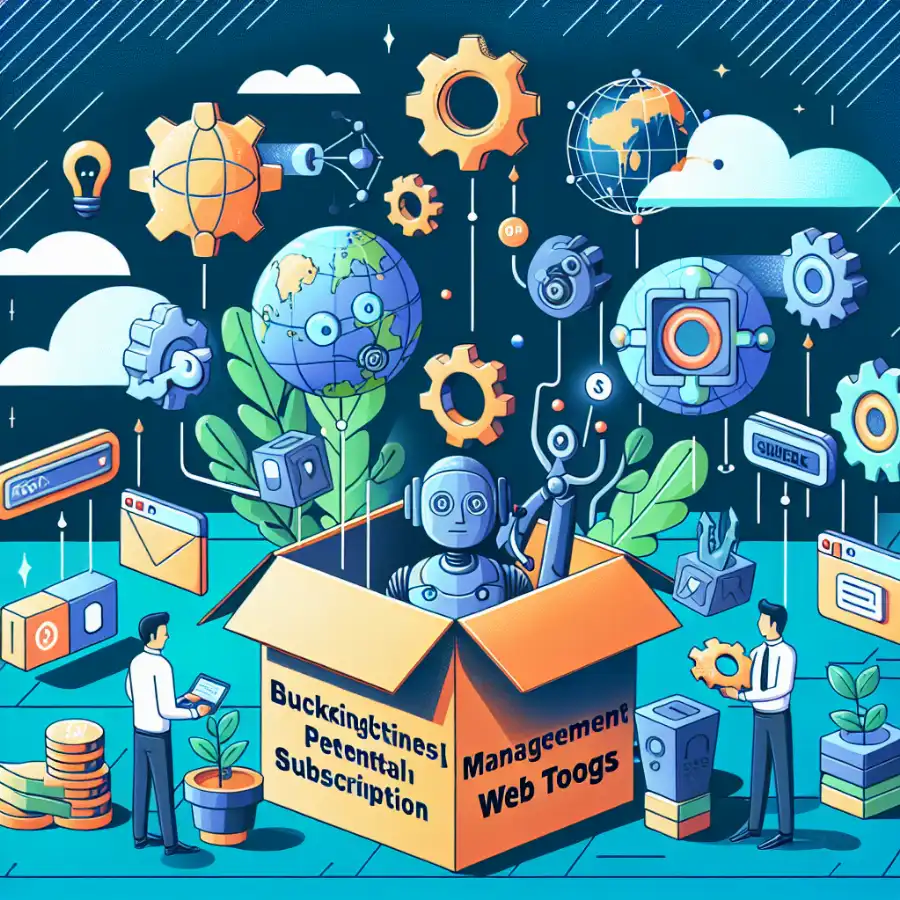 Unlocking Business Potential with Subscription Management Web Tools
Unlocking Business Potential with Subscription Management Web Tools
Discover how FYKEL's subscription management web tools can enhance your business operations and customer experience. Contact us today for tailored solutions!
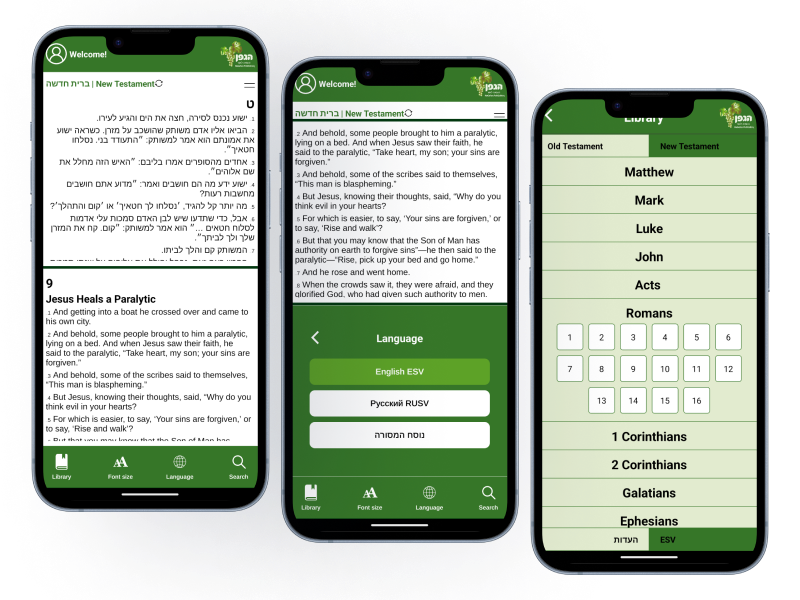
HaEdut - a special mobile application for reading the Bible The HaEdut Bible app, built with Expo React Native, offers a seamless way to read the Scriptures in Modern Hebrew, Masoretic, English, and Russian. Perfect for students and newcomers, it features an intuitive interface and smooth performance for a modern Bible experience.
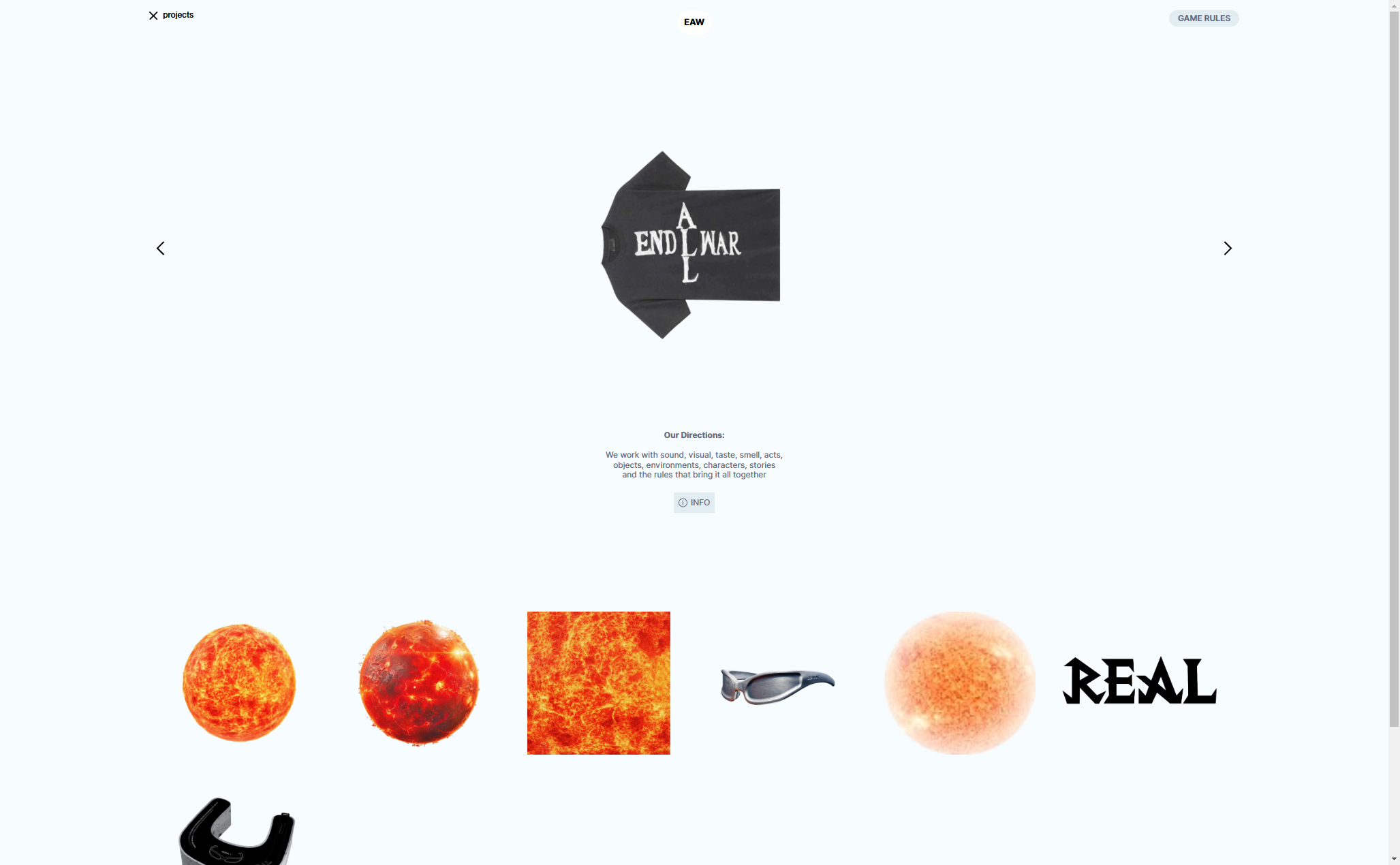
Aliend and Morph - wordpress game website It acts as a digital portal into the client's immersive branding philosophy, inspiring potential clients to think beyond conventional branding strategies.
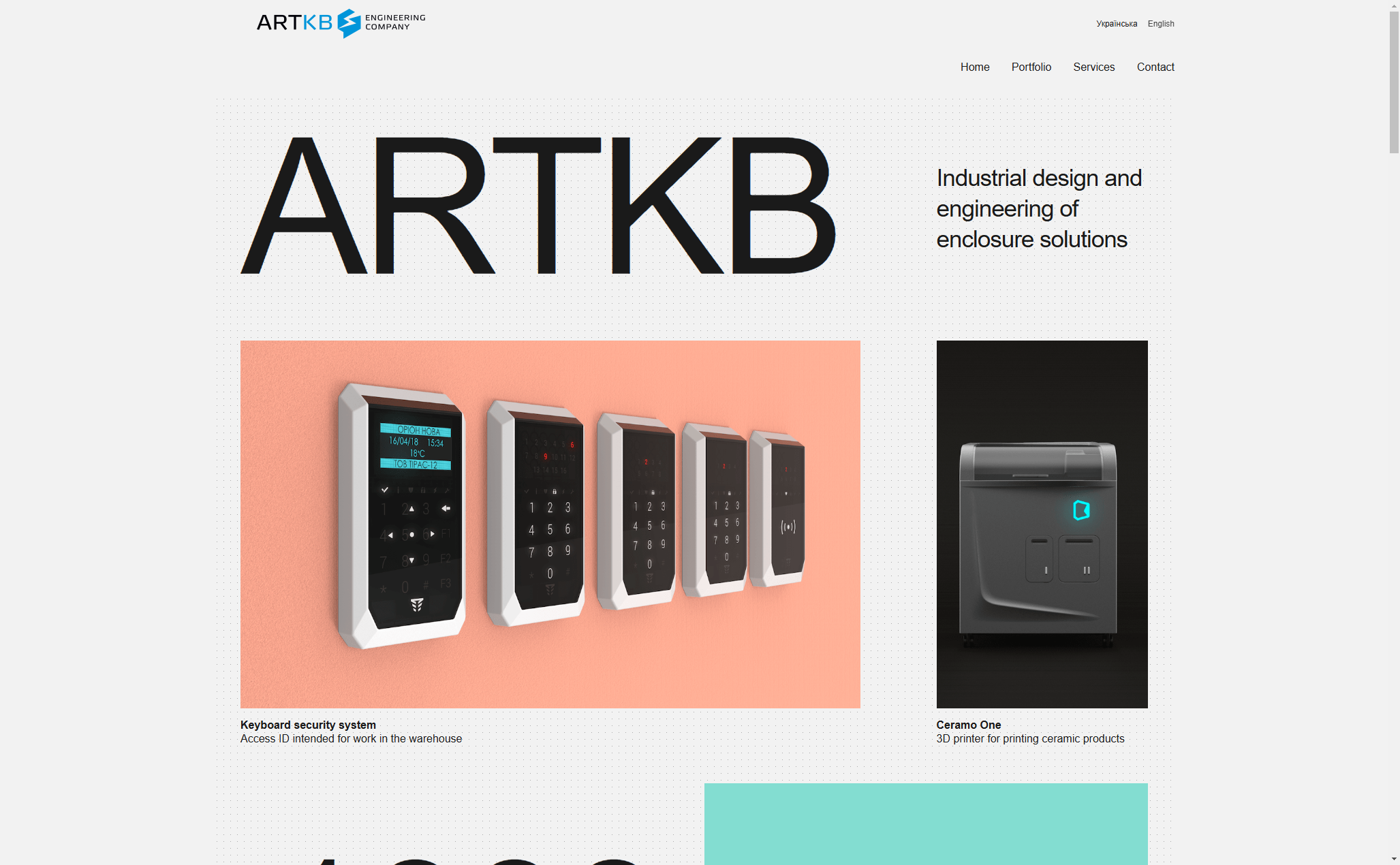
ARTKB - company wordpress website Custom Wordpress Platform for ARTKB to Showcase Their Hardware Engineering Excellence
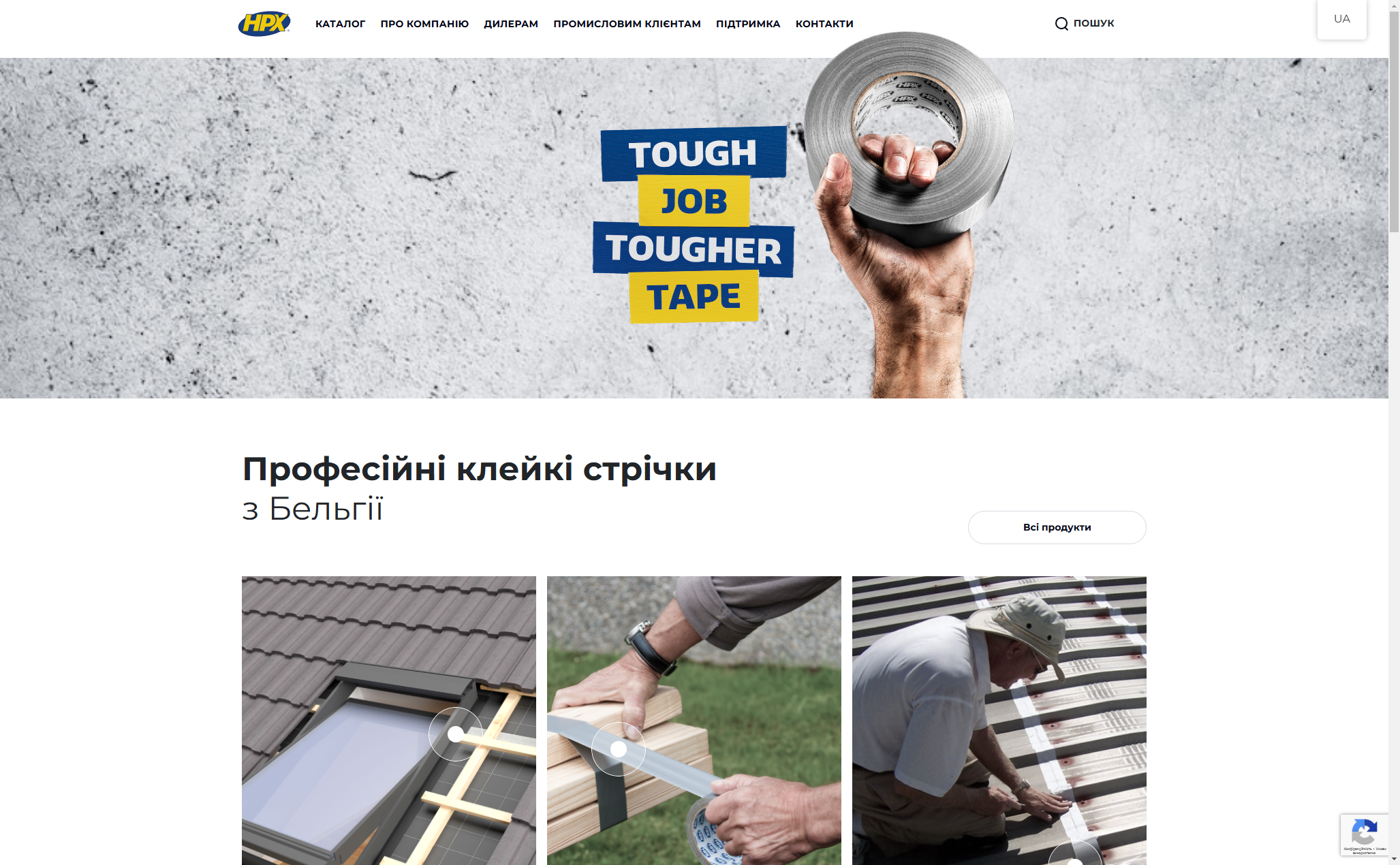
HPX - unique product store | wordpress E-commerce platform for HPX.ua using WordPress and WooCommerce

